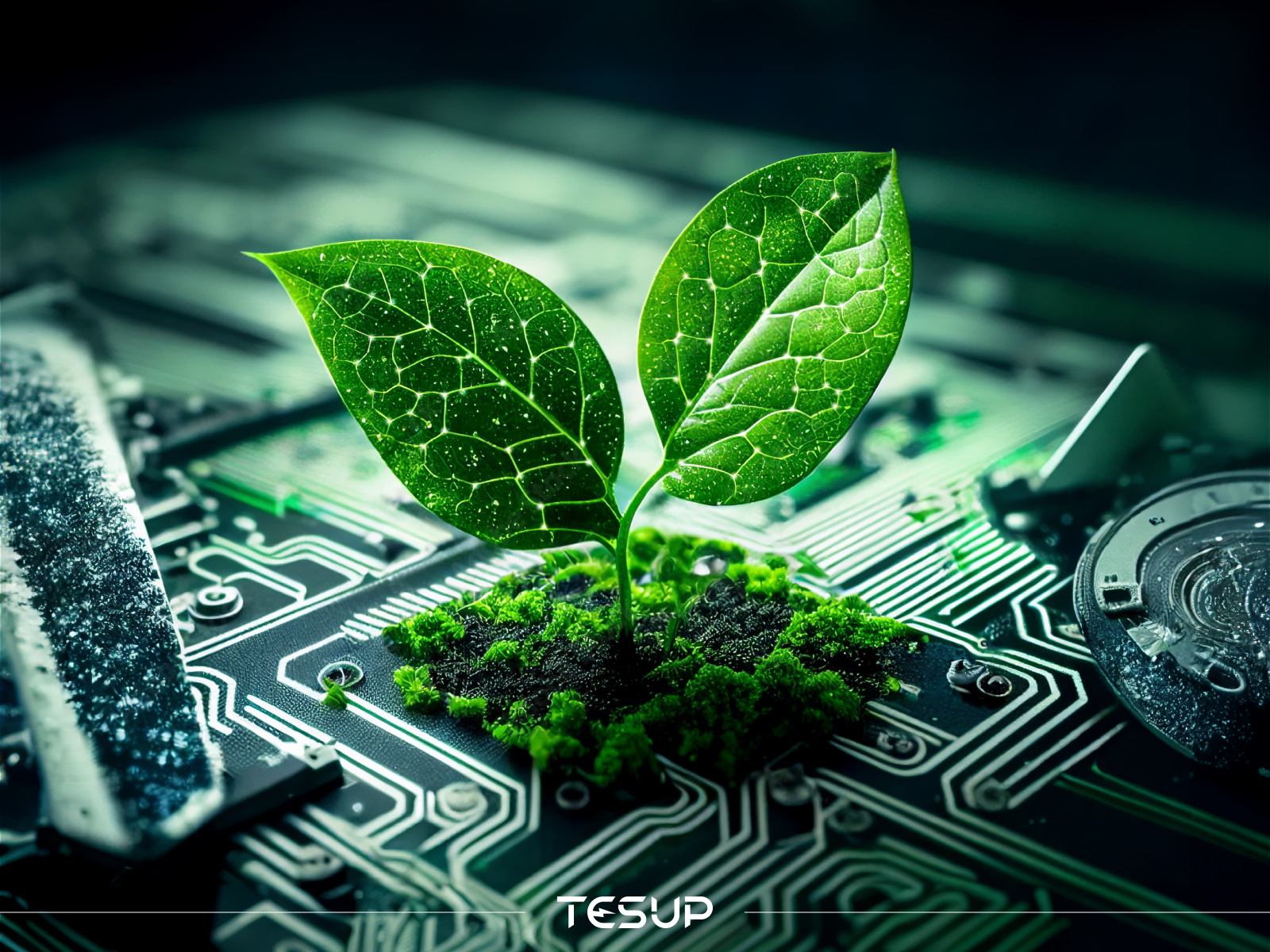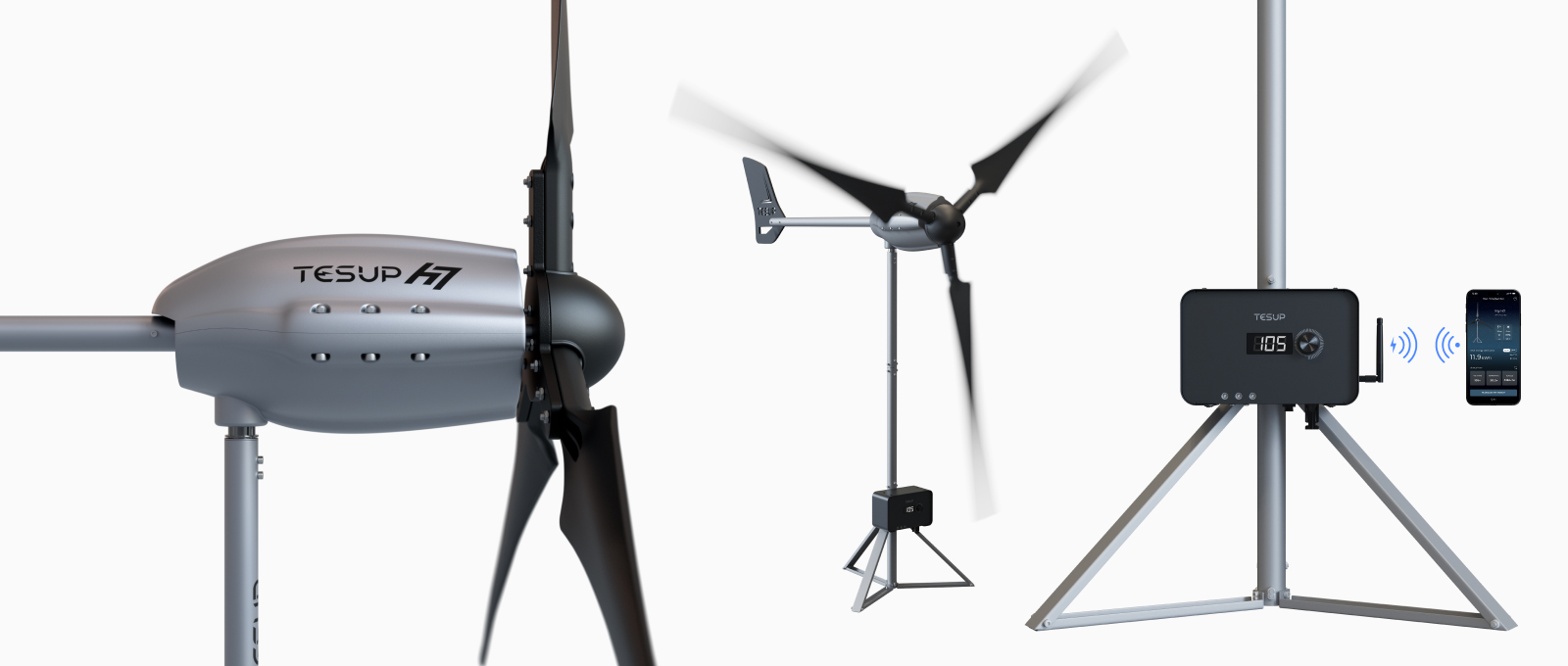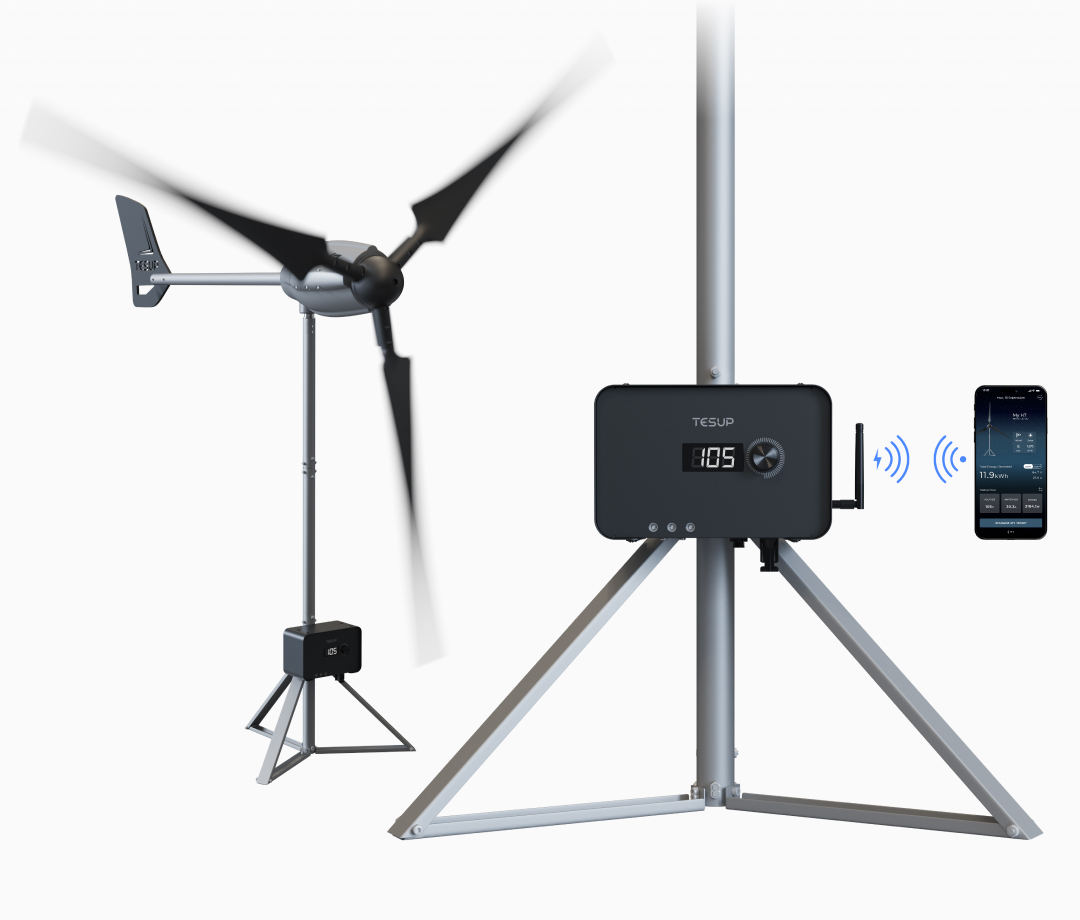
In the era of burgeoning technological advancements, artificial intelligence (AI) stands out as a beacon of innovation. However, this progress comes at a significant cost - a surge in electricity consumption that raises concerns about sustainability and environmental impact.
Understanding the Magnitude
The utilisation of AI, exemplified by OpenAI's renowned chatbot, ChatGPT, imposes a substantial burden on power grids. According to reports by the New Yorker, ChatGPT alone consumes an astounding half a million kilowatt-hours of electricity daily. This figure dwarfs the meagre 29 kilowatt-hours of energy typically utilised by an average American household each day, based on data from 2022.
Factors Driving Consumption
The voracious energy appetite of AI systems stems from the intensive computational processes and massive data handling requirements inherent in their operation. Modern AI models, housed within sophisticated computer systems and powered by Graphics Processing Units (GPUs), demand exorbitant amounts of electricity. A single AI server can consume as much energy as a dozen households in the United Kingdom combined, illustrating the staggering magnitude of AI's power consumption.
Implications of AI Integration
Potential Catastrophic Levels
The integration of AI capabilities, such as ChatGPT, into widely-used platforms like Google Search, raises alarms about the escalating energy consumption. Data scientist Alex de Vries warns that if AI usage continues to proliferate unchecked, the energy drain could reach catastrophic levels. He estimates that Google alone would require approximately 29 billion kilowatt-hours per year to sustain AI-driven services, surpassing the annual energy consumption of entire nations like Kenya.
Challenges in Estimation
Measuring the total energy usage of AI presents challenges due to the opacity surrounding energy data within tech conglomerates driving AI innovation. Despite this, de Vries conducted a rough estimation based on publicly available data from chip manufacturer Nvidia, a major supplier of processors for AI applications. His analysis, published in the journal Joule, projects that by 2027, the AI industry could consume between 85-134 terawatt-hours of electricity annually, constituting up to 0.5% of global electricity consumption.
Urgency of Sustainable Practices
As AI capabilities continue to advance, so does the environmental toll of its energy consumption. Mitigating the environmental impact of AI necessitates a concerted effort towards sustainable practices and enhanced efficiency in energy usage. Adopting renewable energy sources and optimising AI algorithms for energy efficiency are imperative to curb the escalating emissions associated with AI technology.
In conclusion, while AI represents a revolutionary force driving innovation across various sectors, its unchecked energy consumption poses significant challenges to environmental sustainability. Addressing these challenges requires collaborative efforts from stakeholders to implement sustainable solutions and ensure that AI advancements contribute positively to the future of our planet.
TESUP’s Role for new AI tech
Amidst the burgeoning concerns over escalating electricity consumption driven by AI technologies, there emerges a beacon of hope on a windy hill. TESUP H7, a revolutionary wind power generation system, stands as a testament to sustainable energy solutions amidst the growing demand for power. With a capacity of generating up to 7kWh of electricity per hour, TESUP H7 harnesses the relentless force of nature to fuel our technological advancements while minimising environmental impact. Positioned strategically on wind-rich terrain, this innovation not only alleviates the burden on traditional power grids but also signifies a pivotal step towards embracing renewable energy sources in our quest for sustainability. As AI continues to evolve, initiatives like the TESUP H7 underscore the importance of integrating eco-friendly practices into our technological landscape, ensuring a greener and more sustainable future for generations to come.
Explore TESUP's advanced and smart technology home wind turbine - TESUP H7


FAQs (Frequently Asked Questions)
1. How does AI contribute to increased electricity usage?
AI systems, with their complex computational processes and data-intensive operations, demand significant amounts of electricity to function effectively.
2. What are the potential consequences of unchecked AI energy consumption?
Unchecked AI energy consumption could lead to catastrophic levels of electricity usage, exacerbating environmental concerns and contributing to climate change.
3. How can the environmental impact of AI be mitigated?
Mitigating the environmental impact of AI requires the adoption of sustainable practices, such as utilising renewable energy sources and optimising AI algorithms for energy efficiency.
4. What role do tech companies play in addressing AI's energy consumption?
Tech companies must prioritise sustainability and invest in research and development aimed at enhancing energy efficiency in AI systems.
5. What are the long-term implications of AI's energy consumption on global electricity usage?
The continued expansion of AI technology could significantly impact global electricity consumption, underscoring the importance of addressing energy sustainability concerns associated with AI development.
6. How does TESUP H7 contribute to sustainable energy solutions?
TESUP H7 harnesses wind power to generate electricity, providing a renewable and environmentally friendly alternative to traditional energy sources.
7. What is the capacity of TESUP H7 for power generation?
TESUP H7 boasts an impressive capacity to generate up to 7kWh of electricity per hour, making it a substantial contributor to energy production on windy hillsides.
8. How does the positioning of TESUP H7 impact its efficiency?
TESUP H7 is strategically positioned on wind-rich terrain to maximise its efficiency and harness the maximum potential of wind energy for power generation.
9. What are the environmental benefits of using TESUP H7?
By harnessing wind power, TESUP H7 reduces reliance on fossil fuels, decreases greenhouse gas emissions, and helps mitigate the environmental impact of electricity generation.
10. How does TESUP H7 align with sustainability goals?
TESUP H7 exemplifies a commitment to sustainability by utilising renewable energy sources and minimising environmental impact, contributing to a greener and more sustainable future.
